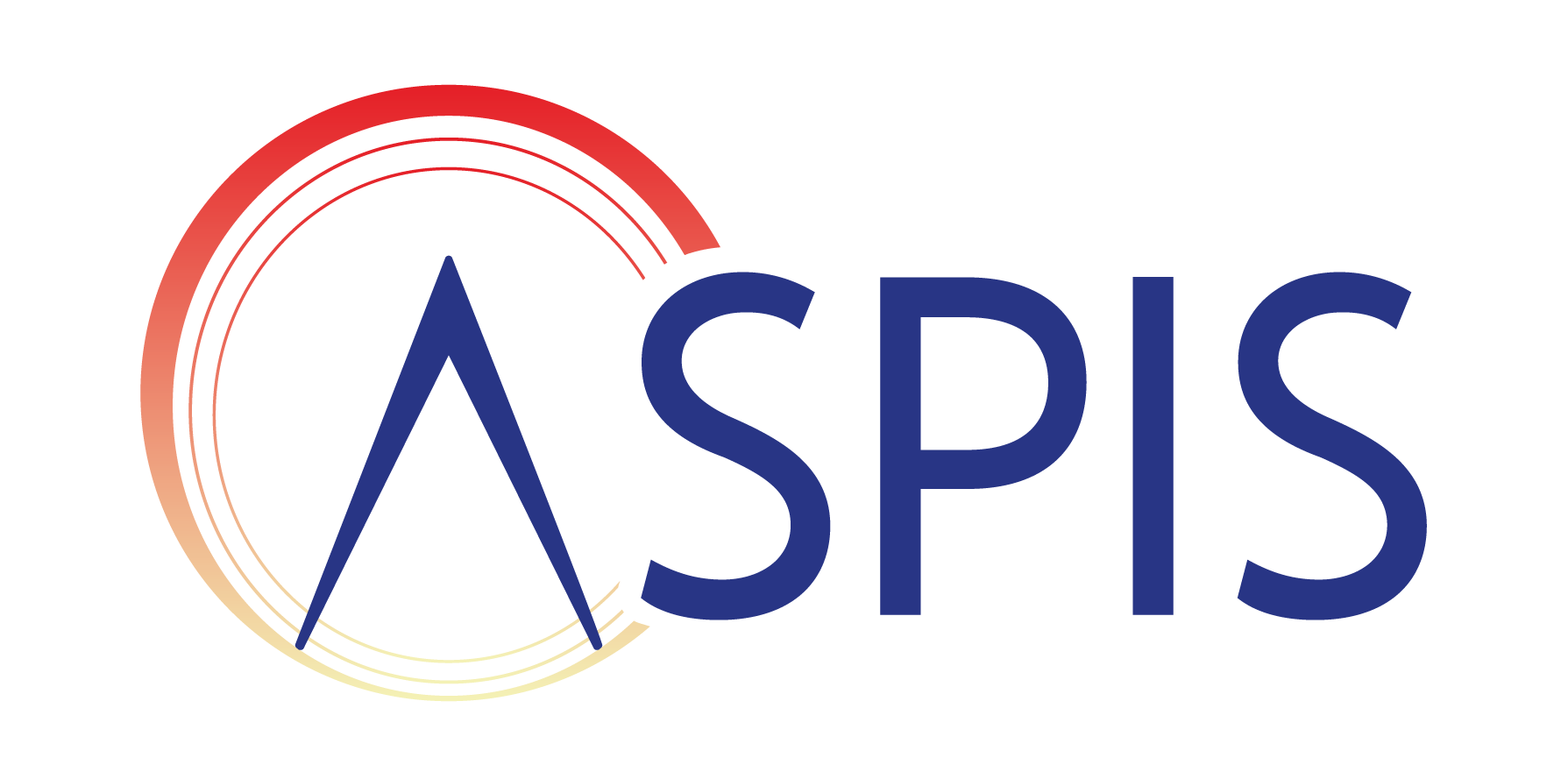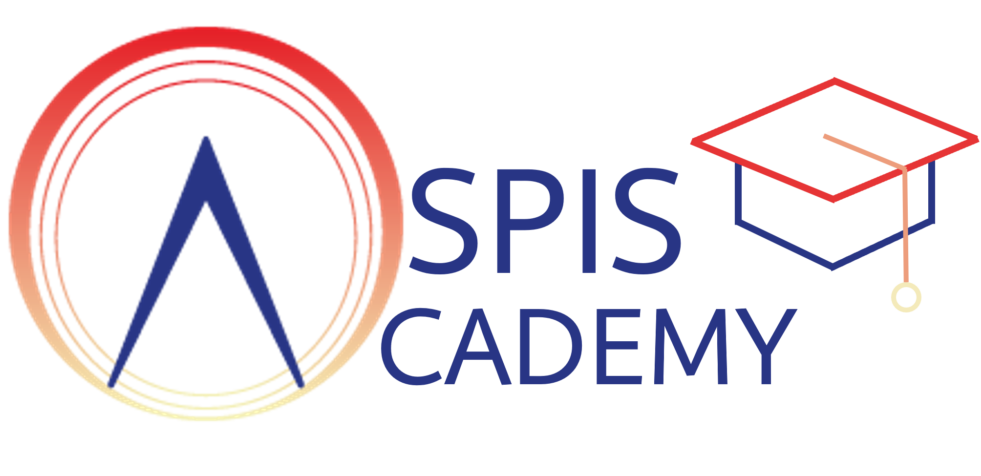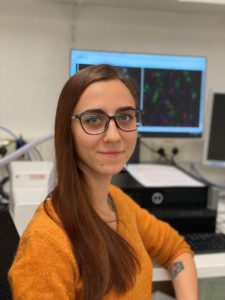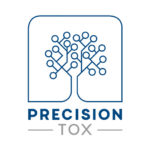Shaping the Future of Chemical Risk Assessment: Insights from ASPIS Academy
The safety of hundreds of thousands of chemicals in market products remains unknown due to the high cost and slow pace associated with traditional animal testing methods. However, a transformative shift is underway through the development and validation of New Approach Methodologies (NAMs), revolutionizing the accuracy, efficiency, and cost-effectiveness of chemical safety assessments while bypassing the need for (mammalian) animal models such as rodents. Robust in vitro and in silico NAMs coupled with artificial intelligence and omic technologies are being developed, characterized, and used in ASPIS. ASPIS is a collaborative initiative comprising three European H2020 projects — ONTOX, RISK-HUNT3R, and PrecisionTox — united in their mission to expedite and enhance chemical risk assessment practices within the EU. Spearheaded by over 120 passionate early-stage researchers (ESRs), ASPIS embodies a collective determination to drive this paradigm shift, culminating in the establishment of the ASPIS Academy.
The inaugural session speaker will unveil the ASPIS Academy, a dynamic networking platform designed to empower ESRs and foster their professional growth. Through a diverse array of programs, the Academy aims to bolster the careers of aspiring researchers while advancing the overarching mission and vision of ASPIS. Subsequent presentations by ESRs will provide insights into each ASPIS project. The ONTOX project ESR representative will delve into kidney toxicity, employing proximal tubule epithelial cells to explore kidney crystallopathy. Following this, the RISK-HUNT3R project will shed light on liver toxicity, utilizing innovative in silico approaches to forecast adverse outcomes and facilitate in vitro to in vivo extrapolation. The session will conclude with the PrecisionTox project exploration, elucidating the evolutionary conservation of gene networks implicated in fatty liver disease through transcriptome comparisons across diverse alternative model species to predict adverse health impacts on both human populations and the environment. Join us as we navigate the forefront of chemical risk assessment, guided by the pioneering endeavours of the ASPIS Academy and its dedicated cohort of early-stage researchers.
ASPIS Academy Introduction by session chairs
As Chairs of the ASPIS Academy, we are thrilled to organize our inaugural conference session highlighting the innovative work of our early-stage researchers across the three projects.
At ASPIS Academy, we’re dedicated to empowering, training, and mentoring our members, and this session presents a prime opportunity for them to showcase their talents.
Huge thanks to ESTIV, for inviting us to host this session for early-stage researchers at ESTIV 2024 Congress in Prague. We hope to see many of you in the audience listening to and supporting the ASPIS representative’s presentations about their work leading to a more reliable and sustainable risk assessment of chemicals.
Introductory presentation:
ASPIS Academy and the Early-Stage Researchers’ transformative potential in toxicology
ASPIS Academy functions as a networking platform, supporting more than 120 early-stage researchers (ESRs) from the three H2020 European projects of the ASPIS cluster (ONTOX, RISK-HUNT3R, and PrecisionTox). We promote ESRs’ careers through programs that include training, mentorship, mirroring senior research groups, promoting laboratory exchanges, communication & dissemination, and sustainability. In this way, we are creating collaborative and supportive conditions for a new generation of scientists on developing and applying New Approach Methodologies, highlighting the work done by ASPIS ESRs and showcasing the transformative potential of the youth.
Speaker 1: ONTOX
Name: Devon Barnes
Title of the presentation: Simulating kidney tubular crystallopathy in vitro
A short description of the topic:
ONTOX aims to create innovative new approach methodologies to predict systemic repeated dose toxicity effects for the liver, kidney, and brain. The purpose of this research was to investigate the mechanisms underlying crystal-induced kidney inflammation and identify the processes involved in inflammasome activation within proximal tubules. This session will focus on my efforts to simulate kidney crystallopathy and its impact on inflammasome components, caspase activity, cytokine production, and the NF-κβ pathway using in vitro models.
About the speaker:
I’m a 3rd year PhD candidate at Utrecht University working for the Department of Pharmacology. I am currently working on developing in vitro models and techniques toward advancing kidney toxicity screening and next-generation risk assessment strategies utilizing repeated dose toxicity testing of chemicals. I employ various approaches, such as cell cultivation, functional assay development and optimization, biomarker analysis, and high-throughput screening.
What motivated you to be part of the ASPIS Academy session?
My participation in the ASPIS Academy session is driven by my desire to support and learn from early-stage researchers and help cultivate an environment conducive to learning and growth. I am eager to showcase my works as part of the innovative activities within the Academy, helping to amplify our efforts in the field of toxicology.
Speaker 2: RISK-HUNT3R
Name: Heeseung Jo
Title of the presentation: RISK-HUNT3R: Towards an Animal Free Framework for Chemical Safety
A short description of the topic:
RISK-HUNT3R aims to develop human centric non-animal based frameworks for next generation risk assessment (NGRA) of chemicals. In this session, I would like to share various in silico methods used within RISK-HUNT3R and use the liver injury case study as an example framework for in vitro chemical data extrapolation to in vivo adverse outcomes.
About the speaker:
I’m a research scientist at Certara’s Quantitative Systems Toxicology and Safety (QSTS) team. I work on in silico methods of safety assessments of pharmaceutical and chemical compounds in various exposure scenarios. Some methods I use include predicting in vitro chemical concentrations, developing toxico/pharmacokinetic models in preclinical animals and humans, and adapting and applying systems models for safety outcomes.
What motivated you to be part of the ASPIS Academy session?
The ASPIS Academy session is a great opportunity to share the high-level aims of RISK-HUNT3R and showcase outcomes of collaborative work with our expert partners. Through this session, I hope to outline the variety of expertise required in each step of developing New Approach Methodologies (NAMs) where researchers can maximise their impact.
Speaker 3: Precision Tox
Name: Shaleen Glasgow
Title of the presentation: Comparing the transcriptomes of Daphnia and zebrafish for the evolutionary conservation of a gene network for fatty liver disease
A short description of the topic:
Precision Tox aims is to better protect human and environmental health by establishing New Approach Methodologies for chemical safety testing. Precision Tox uses human cell lines and a diverse suite of non-sentient, biomedical model organisms and artificial intelligence approaches to uncover molecular toxicity pathways shared across the animal kingdom. During this session I will describe my work using transcriptomic techniques to compare the functional conservation of a molecular pathway for fatty liver disease across the microcrustacean Daphnia, and Zebrafish embryos.
About the speaker:
I am a PhD student at University of Birmingham, working collaboratively across the department of bioscience and the Institute of cancer and genomic sciences. Currently, my research aims to reduce the reliance on animal models for liver toxicity testing. I investigate evolutionarily shared responses to toxicants, across non-sentient biomedical model species that may be predictive of adverse human and environmental health.
What motivated you to be part of the ASPIS Academy session?
I am delighted to participate in the ASPIS academy training session for the opportunity to showcase a part of the work being conducted within the larger international Precision Tox consortium. This session will facilitate early-stage researchers to share knowledge and build connections.











